Pakistanis behind ‘Chinese’ info war on India-China border standoff
Handles with Chinese names, Mandarin content traced to earlier avatars in Urdu.
Many of the ‘Chinese’ accounts that mushroomed on social media this summer and spread false information about the border clash with India have been traced to Pakistan, in what is believed to be a coordinated disinformation campaign aimed at India.
The
India-China border tensions starting in May, and culminating in the
June 15 clash in the Galwan Valley, sparked a first-of-its-kind information war on social media, where Indian and Chinese accounts on Twitter, Facebook and YouTube traded images and videos in an effort to both capture the narrative and the attention of the media.
The disinformation flowed both ways. But what was unknown to consumers of the posts by ‘Chinese’ social media users is that many of the accounts that posed as China-based users were actually Pakistani accounts. Twitter is banned in China, although it can be accessed using virtual private networks.
An analysis of some of the most active ‘Chinese accounts’ on the border clash on Twitter found that these accounts previously had different profile names and handle names. Some of these accounts even had user bios that were earlier in Urdu, before morphing overnight into Mandarin.
One such account, ‘xiuying637’, was earlier run as ‘hinaarbi2’, before it began tweeting information related to the Chinese military and the border clash. The account has been suspended, but only belatedly.
These accounts have used a loophole on Twitter that allows users to not only change their profile names, but their Twitter handles as well. Their changed avatars were detected because some of these accounts, which have tens of thousands of followers, were previously being tracked.
One account, with a profile name in Chinese characters, Zeping, and handle ‘sawaxpx’, that tweeted on the border previously tweeted in Urdu. Its tweets are now unavailable. Another account, ‘Yasifxi’, had a Chinese name and tweeted in Chinese characters, posting information about the border clash, but was traced to Pakistan.
These accounts have shared false information about casualties from the clash, unrelated images of injured soldiers, and videos of troops’ confrontations that were from previous border incidents. Tweeting in Mandarin and using Chinese names gave the posts a sense of credibility.
Some have gone to great lengths to establish authenticity, choosing Mandarin names, regularly retweeting information from official Chinese media outlets, such as Xinhua, and using photographs of Chinese soldiers as their profile images.
One such account has 17,000 followers and regularly tweets information from official Chinese media, in addition to disinformation. It is even followed by a couple of Chinese diplomats. While in its case, the location is difficult to pinpoint, a careful reading of the content of the tweets, and the fact that it is mostly mostly shared by Pakistani accounts, strongly hints at its origins — a fact that most readers are unaware of.
This strategy has not been limited to adopting Chinese identities. Pakistani accounts have also recently adopted Nepali and Sri Lankan avatars, all with the same motivation: posting information aimed at creating an unfavourable narrative about India.
Handles with Chinese names, Mandarin content traced to earlier avatars in Urdu.

www.thehindu.com

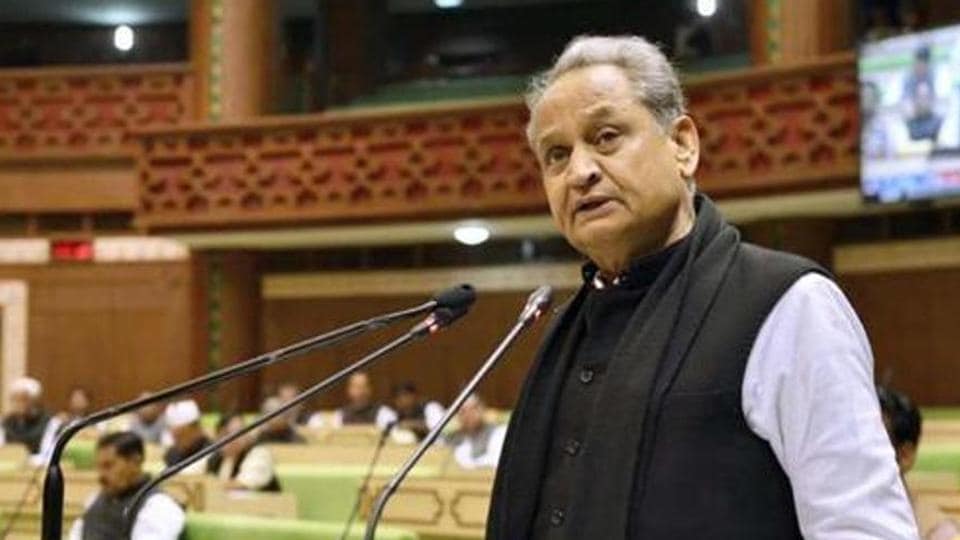
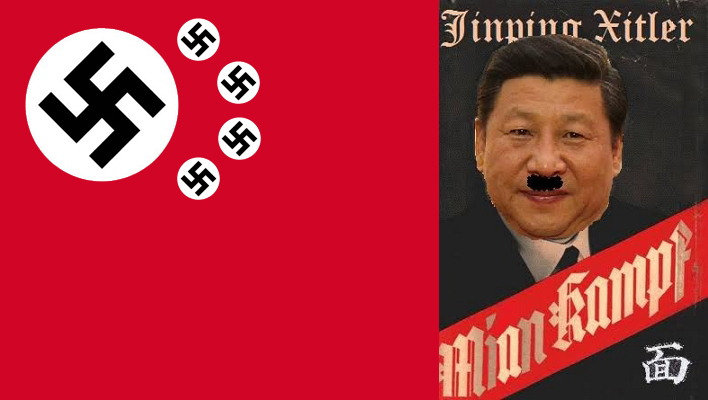

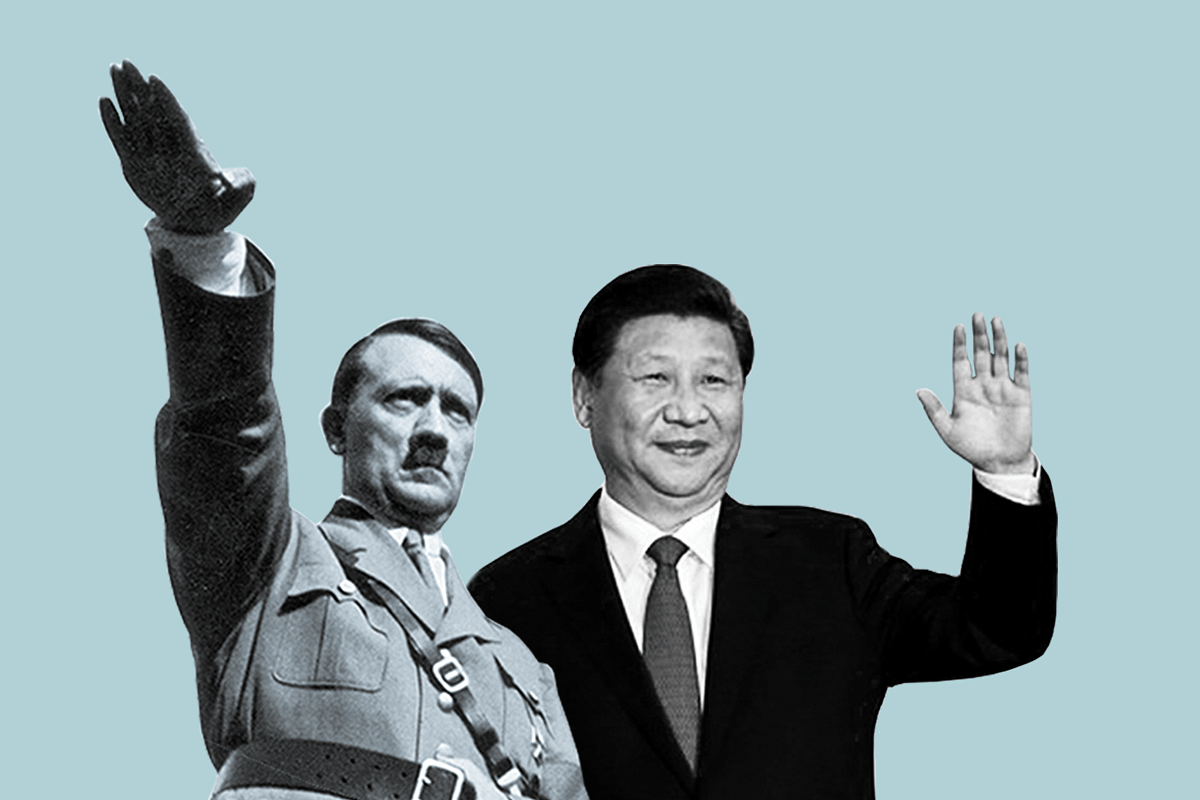
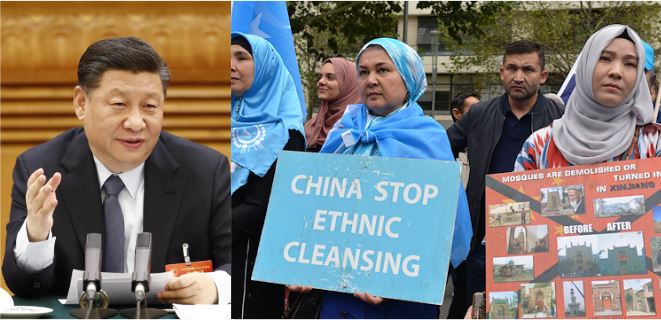
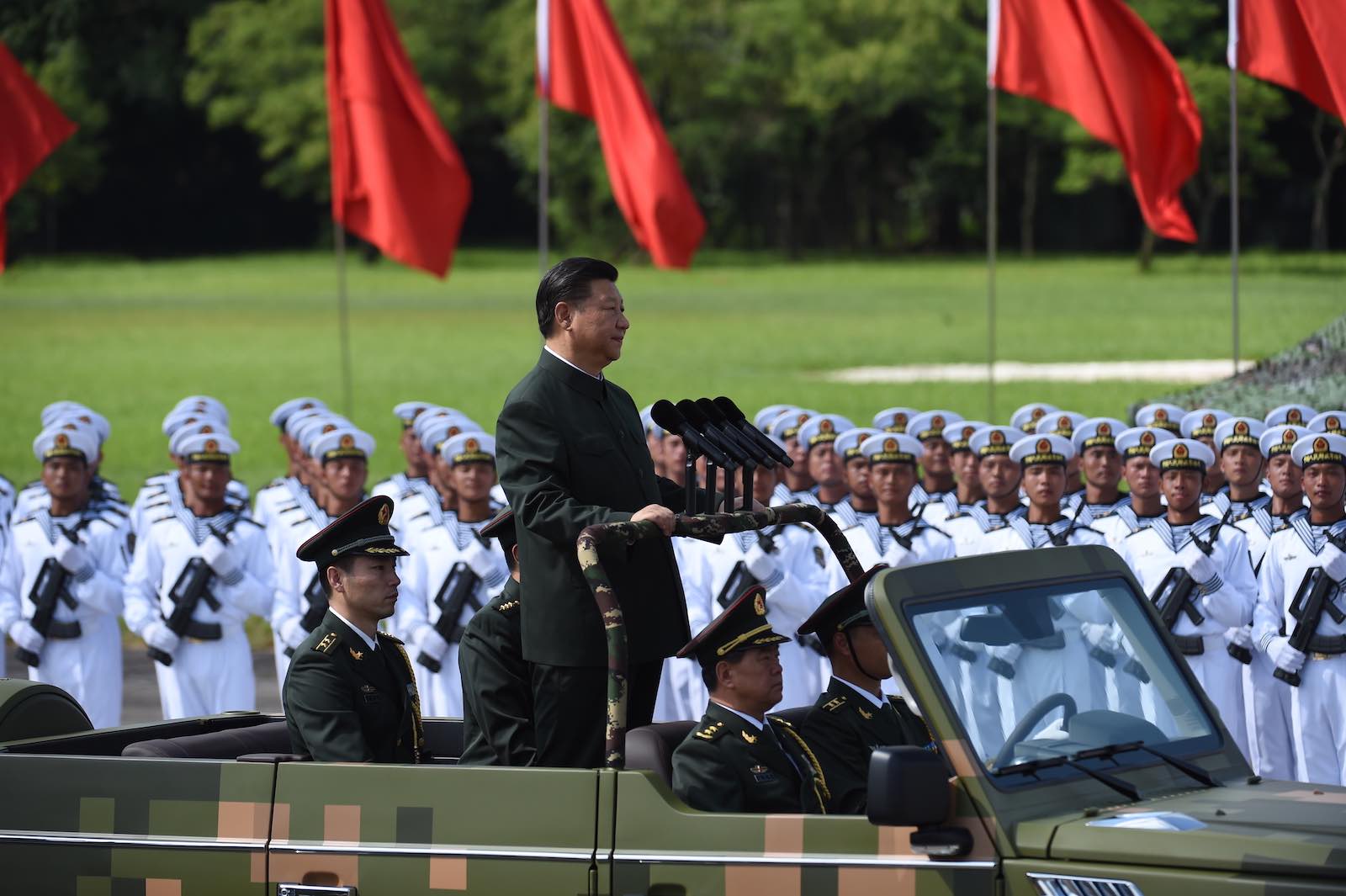


 A song of Ice and Fire..
A song of Ice and Fire..